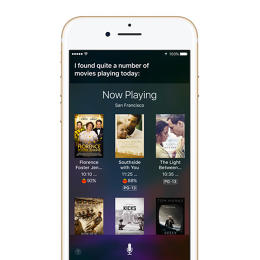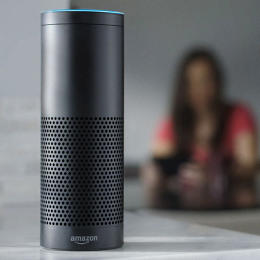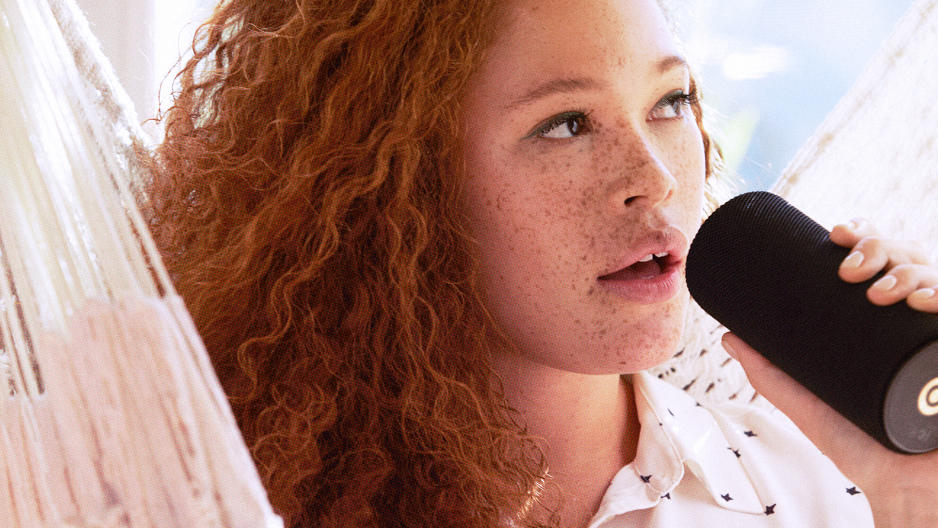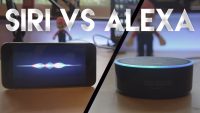It’s On! 2017 Is The Year The Virtual Assistant Wars Get Real
The tech industry’s titans have been preparing for an all-out virtual assistant war in 2017—and it’ll be fought by Apple’s Siri, Amazon’s Alexa, Google’s Assistant and maybe even Microsoft’s Cortana.
Their AI helpers are getting better at talking to other apps and services, and they’re starting to pop up on other companies’ hardware, so you’ll no longer need an iPhone, WIndows PC, Amazon Echo, or Google Home speaker to interact with them.
The goal is not just to win consumer market share—that’ll come later—but to establish AI ecosystems with widespread device and developer support. Just like the mobile platform wars that saw iOS and Android triumph over BlackBerry and Windows Phone, tech companies have kicked off a land grab to ensure their virtual assistants stay relevant.
Here’s a look at where things stand:
Branching Out
Virtual assistants used to live inside their own bubbles. Google could deliver search results from the open web, but couldn’t interact directly with third-party apps and services. Siri could gather information from a handful of external services such as Yelp or Rotten Tomatoes, but was mostly cut off from other apps.
Over the last year or so, virtual assistants have gotten better at connecting. Amazon launched a “Skills Kit” for Alexa in mid-2015, letting developers create their own voice commands, and some Windows apps started to support Cortana voice commands. Siri begin to work with a range of third-party apps in iOS 10, and Google opened its Assistant to developers earlier this month.

That’s not to say they all work the same way.
Siri, for instance, only supports a handful of uses, including audio or video calling, messaging, payments, photo search, workouts, and ride booking. (Smart home controls are supported as well, but only for devices in the HomeKit ecosystem.)
Apple also controls the flow of conversation, with apps providing just the data and some visuals. While Apple’s strict control limits what users can do with Siri, it also reduces the odds of an interaction gone awry.
Amazon is building a similar system for certain uses, including smart home controls and to-do lists, but in the meantime it’s also letting developers build pretty much whatever they want. As such, Amazon now boasts around 5,000 third-party Alexa skills, but there’s a downside: Most of them require highly specific syntax to activate. (One example: Users must say “Alexa, ask Domino’s to track my order” instead of “Alexa, where’s my pizza?”)

Google, meanwhile, is trying to split the difference between these approaches. Like Apple, Google will play a gatekeeper role, deciding which keywords can activate a specific third-party service. But once the user speaks an approved keyword, the developer takes over the interaction, using AI tools such as API.ai to carry out a conversation.
As for Microsoft, its plans are a bit hazier. Although Cortana already works with third-party apps in Windows 10, a new system for non-Windows devices (such as Cortana-enabled speaker systems) won’t launch until February. And while Microsoft says developers will be able to “repurpose code from their existing Alexa skills to create Cortana skills,” the company also mentions being able to “proactively present skills to users in the appropriate context.” Perhaps Cortana will offer additional information or services in the middle of a conversation, which is something other assistants aren’t doing yet.
Hardware Everywhere
Virtual assistants aren’t just competing for developers’ attention. Tech companies are also trying to woo third-party hardware makers as their AI expands beyond phones, computers, and connected speakers. The hope is that their assistants will always be within earshot, even when a smartphone isn’t handy.
The challenges here are twofold: Hardware makers need a simple path to creating voice-controlled products, and they need software support for the specific types of products they’re creating.
To help launch new hardware, Amazon and chip maker Conexant recently started to offer hardware developer kits that allow companies to quickly start prototyping new products with hands-free voice controls. A process for commercializing those prototypes is also in the works.
Google is going a step further with Android Things, a new initiative that’s part software tools and part ready-made development hardware with all the basic components and FCC certifications. Android Things devices can then tie into Google’s Weave communications platform, which includes Google Assistant capabilities. Chip maker NXP, for instance, is one of the companies offering development boards, and plans to have a module with voice support that hardware makers can easily build into their products.

Microsoft also wants to encourage third-party Cortana devices and has announced speaker maker Harmon Kardon as an early partner. Details are a bit hazy, but a “Cortana Devices SDK” is on the way, and it’ll support devices running Android, Linux, and Windows 10 IoT.
Once the hardware tools are in place, we’ll start to see more specialized software. You can imagine, for instance, Alexa offering new categories of voice commands for alarm clocks, cars, and intercoms, and assistants that know how to pass a conversation between devices as you move through the house.
Where does Apple fit into all of this? So far, the company hasn’t announced any plans to put Siri in third-party hardware (unless you count automobiles that support CarPlay), but Apple may not feel like it has to. It already makes the most popular smartphone, and the Apple Watch is the only voice-controlled smartwatch to have achieved any sort of mass market success. Apple may think it can achieve virtual assistant ubiquity without any outside help, especially if it releases a proper Amazon Echo competitor as rumored.
It’s hard to say how quickly third-party developers and device makers will adopt these virtual assistants, but the stage is now set for a major push in 2017. Once you see tech executives start bragging about the size of their AI ecosystems, you’ll know the war is in full swing.
Related Video: How AI And Phone Chat Bring Services And Your Friends Together
Fast Company , Read Full Story
(32)








